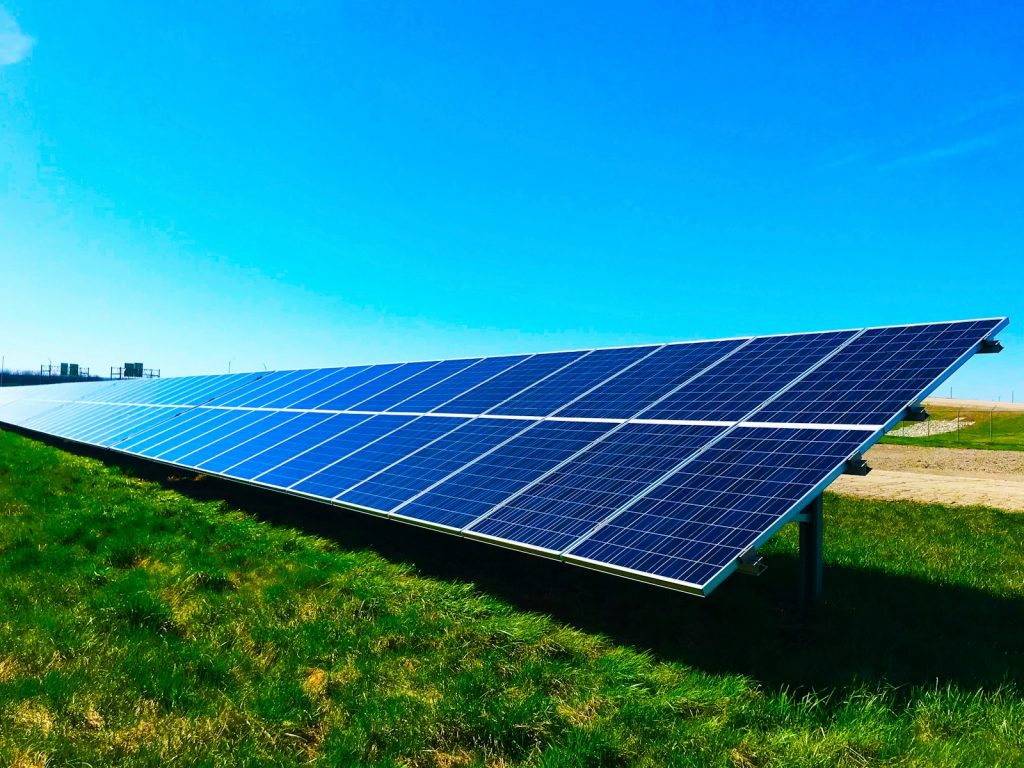In recent months, solar-manufacturing giants around the world have quietly begun rewriting their playbooks. What appears to be a supply-chain shuffle is much more: it’s a strategic reset driven by escalating U.S. trade actions, shifting tariffs, and rising geopolitical risk. From India to Southeast Asia to Canada, the industry is adapting — fast.
A Turning Point in Solar Trade
Until recently, the global solar-panel supply chain resembled a well-oiled machine: silicon wafers from China or Southeast Asia, modules assembled in low-cost regions, and exports shipped to the U.S., Europe, India and beyond. But starting in 2024 and accelerating through 2025, the U.S. adopted increasingly aggressive trade measures targeting solar-cell and module imports.
In September 2025, OPIS reported that global solar manufacturers “arrived at this year’s RE+ conference with new strategies for navigating a turbulent policy and trade landscape.” OPIS, A Dow Jones Company The shift isn’t just about tariffs — it’s about survival, cost control, and maintaining access to the world’s largest market.
What’s Changing — and How
1. Supply-Chain Location Strategies
Manufacturers that once relied on Vietnam, Malaysia, Thailand or Cambodia are now shifting. Some are relocating to the Philippines or focusing increased capacity in Indonesia. OPIS, A Dow Jones Company+1 Indian firms, for example, are sourcing solar cells from third-party countries rather than domestic ones, to avoid steep U.S. tariffs that penalize cells whose PN junctions originate in a targeted country.
2. Manufactured-in-U.S. and Nearshore Moves
For companies eyeing the U.S. market, building or expanding U.S. production has become essential. The combination of tariffs plus tax-credit eligibility means that U.S. origin often trumps cost savings offshore. As one Canadian company learned, suddenly sourcing from Laos resulted in a painful cost spike.
3. Import Tariffs and Retroactive Liabilities
Solar imports to the U.S. rebounded in Q2 2025 — up 61.6% from Q1 — but the pricing mechanism is fraught. Modules shipped from Indonesia (29.6%), Laos (23.1%), Thailand (14%), Vietnam (12.5%) and India (10.4%) dominate import statistics. S&P Global Meanwhile, a ruling from the U.S. Court of International Trade has opened the possibility of $54 billion to $67 billion in retroactive tariffs.
4. Deployment Risks and Cost Pressures
McKinsey forecasts show that under high-tariff scenarios, U.S. installed solar capacity could be 9% lower by 2035, and the EU’s by 7%. pv magazine USA Analysts warn that higher tariffs, combined with supply-chain disruption and rising labor/utility costs, could slow the clean-energy transition — just as demand ramps up.
Why This Matters (Especially from a Canadian Point of View)
Canada is part of the story
Canadian solar firms and installers feel the ripple effects. Many rely on modules imported from Southeast Asia or have cross-border trade ties to the U.S. A shift in U.S. tariff structure can affect Canadian procurement costs, project timelines, and competitiveness. In fact, Canadian Solar already has operations in Indonesia and Vietnam — a firm example of how the global movement touches home.
Global competition gets fiercer
With Chinese manufacturers facing tightened scrutiny and Western tariffs ballooning, players from India, Southeast Asia and Africa are vying for space. For Canada’s clean-tech sector, this means new opportunities — but also heightened competition. Indian manufacturers recently doubled module shipments and are aggressively expanding despite U.S. trade pain.
Clean-energy goals hang in the balance
Canada is committed to net-zero targets and large-scale solar growth. But if global supply chains wobble, component costs go up, and deployment slows. A weakened solar module supply could indirectly affect Canadian projects, making domestic manufacturing or diversified sourcing more vital than ever.
What the Numbers Say
- The U.S. imported 10,632 MW of solar modules in Q2 2025, a rebound of 61.6% from Q1 but down 39.3% year-on-year.
- Indian solar-module manufacturing capacity recently topped 74 GW, more than twice the figure a few years ago.
- One analyst group estimates that new tariffs placed on polysilicon and solar-cell imports could reach 60% or more.
What’s Next: Key Inflection Points
- Tariff review outcomes: The U.S. will likely announce decisions on AD/CVD investigations targeting India, Indonesia and Laos before year-end. Watch for rulings that could add 50-200% duties.
- Manufacturing announcements: Expect large modular and cell-capacity announcements in North America and Southeast Asia as firms chase stable markets.
- Canadian policy reaction: Ottawa may review its clean-energy strategy — emphasizing domestic manufacturing, import diversification, or supplier incentives.
- Deployment implications: If module prices rise further, solar-project economics may shift, potentially delaying installations or raising consumer costs.
Four Takeaways for Stakeholders
- For Project Developers: Secure module supply early and lock in pricing. Given tariff uncertainty, contracts now matter more than ever.
- For Policymakers in Canada: Consider domestic-manufacturing incentives or import-diversification strategies to reduce exposure to U.S. trade shocks.
- For Investors: Look for firms with geographically diversified manufacturing and supply-chain agility — those are likely to outperform.
- For Consumers and Communities: Recognize that clean-energy costs aren’t only about solar-panel price tags — they’re increasingly shaped by global policy decisions.
The solar industry’s “reset” is underway. Global manufacturers are no longer just chasing lowest-cost production—they’re chasing geopolitical certainty, tariff compliance and market access. From Canada to India to the U.S., the stakes are high. As the world leans on clean power to solve climate challenges, supply-chain disruptions and trade tensions could become unexpected barriers. For Canada and Canadian firms, adaptation isn’t optional—it’s imperative.

